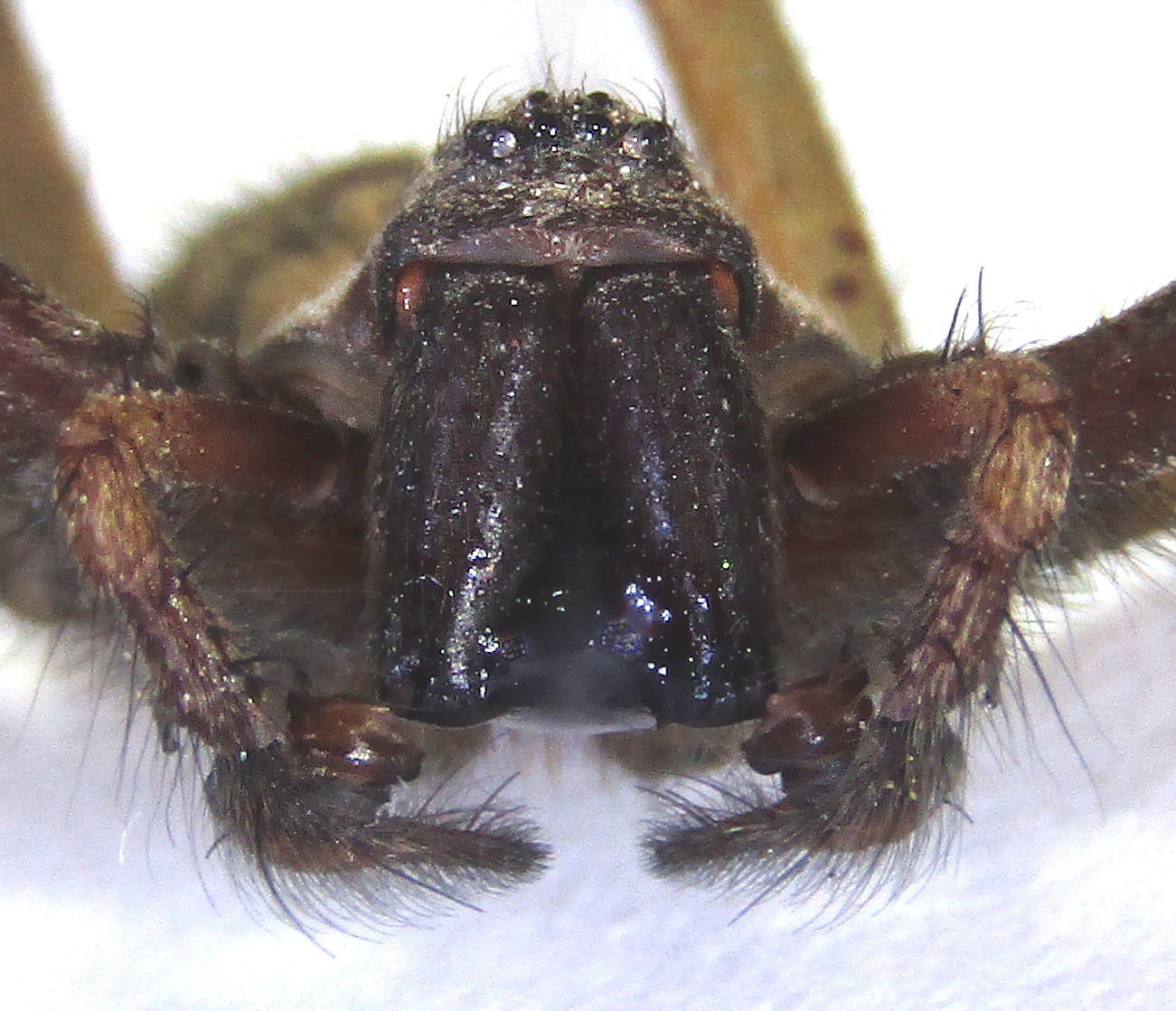Into the unknown

Clavicorona taxophila - a very rare fungus - new for Lancashire - microscopic examination was necessary to clinch the indentification - kindly performed by Richard Shotbolt ('oil-filled gloeocystidia is good confirmation' - apparently). This a Red Data List species. The last record on the FRDBI database is 9 yeas ago in Wiltshire. A small mammal scurried across a clearing in front of me – a Red Squirrel! If I’d spotted the Beast of Bodmin I’d have been only marginally less surprised (mainly because Bodmin is in Cornwall). I had been exploring an area of the patch that I normally turn my nose at – what amounts to a small, unmanaged, wood comprised of Leyland Cypress. I’d never seen any reason to actually venture in there, after all it’s only Leylandii – more famous for being the weapon of choice for ‘Neighbours from Hell’, than for having any wildlife value. My recent fungus forays, however, have sent me to previously unexplored nooks and crannies of the p

